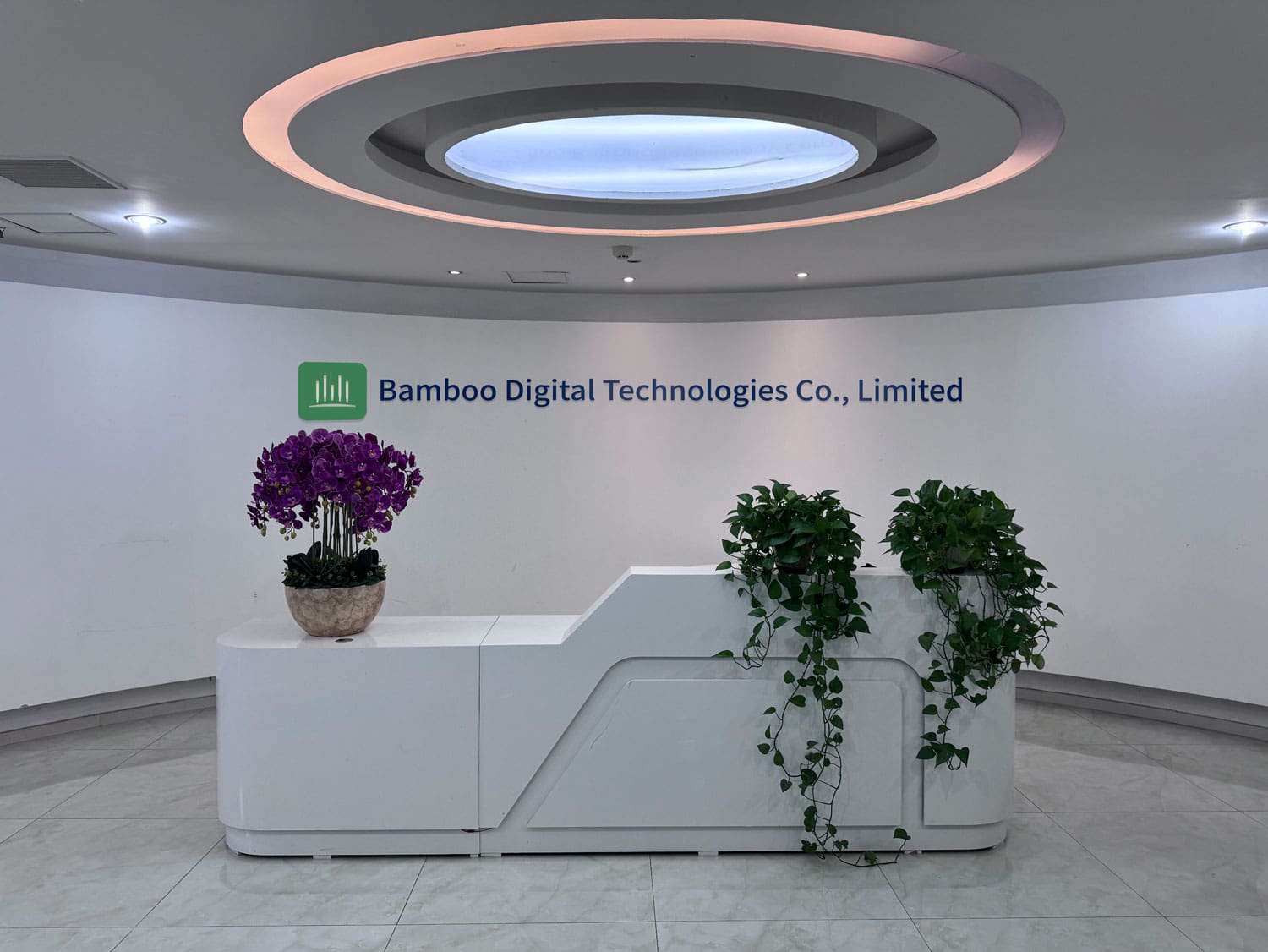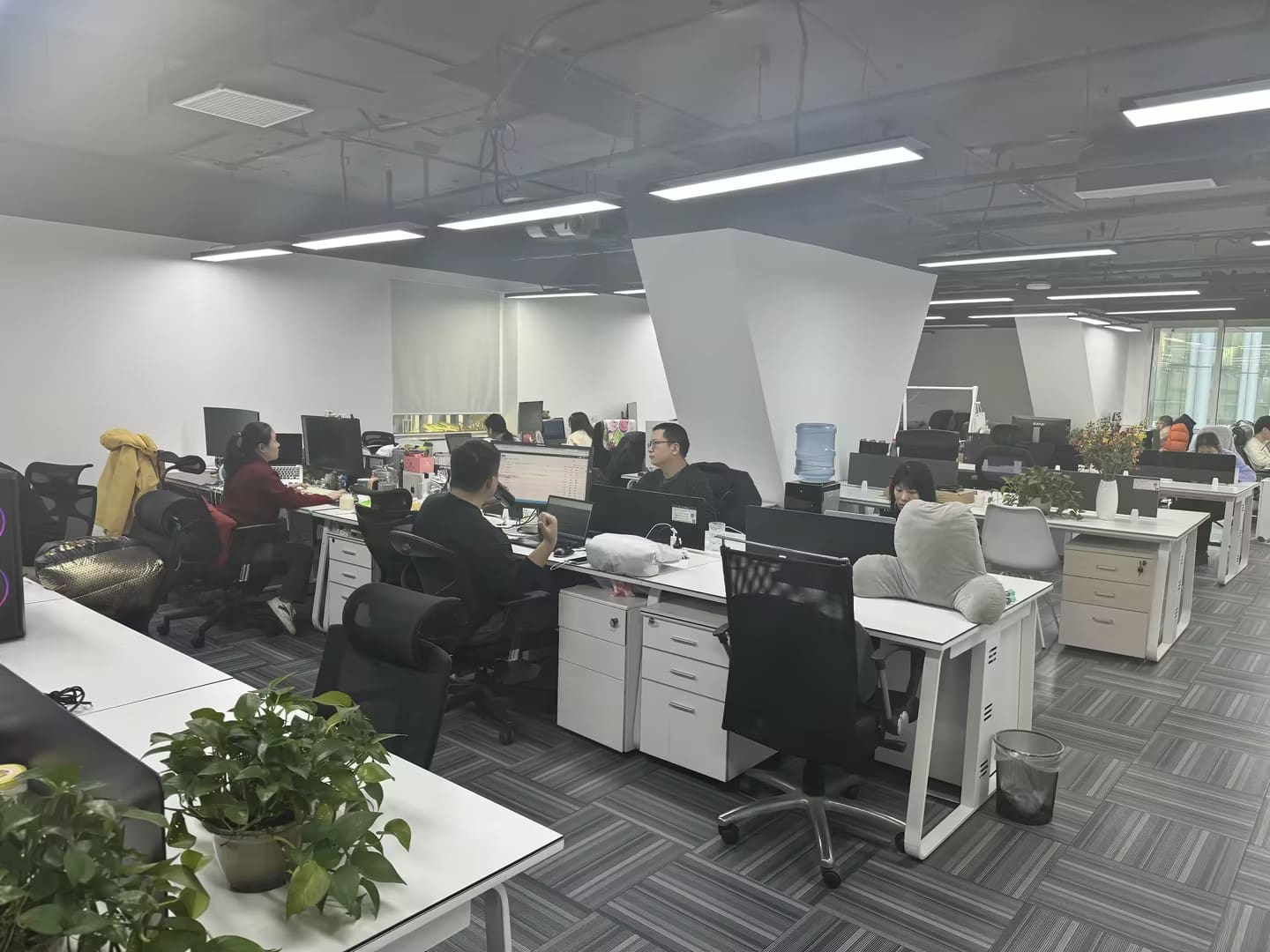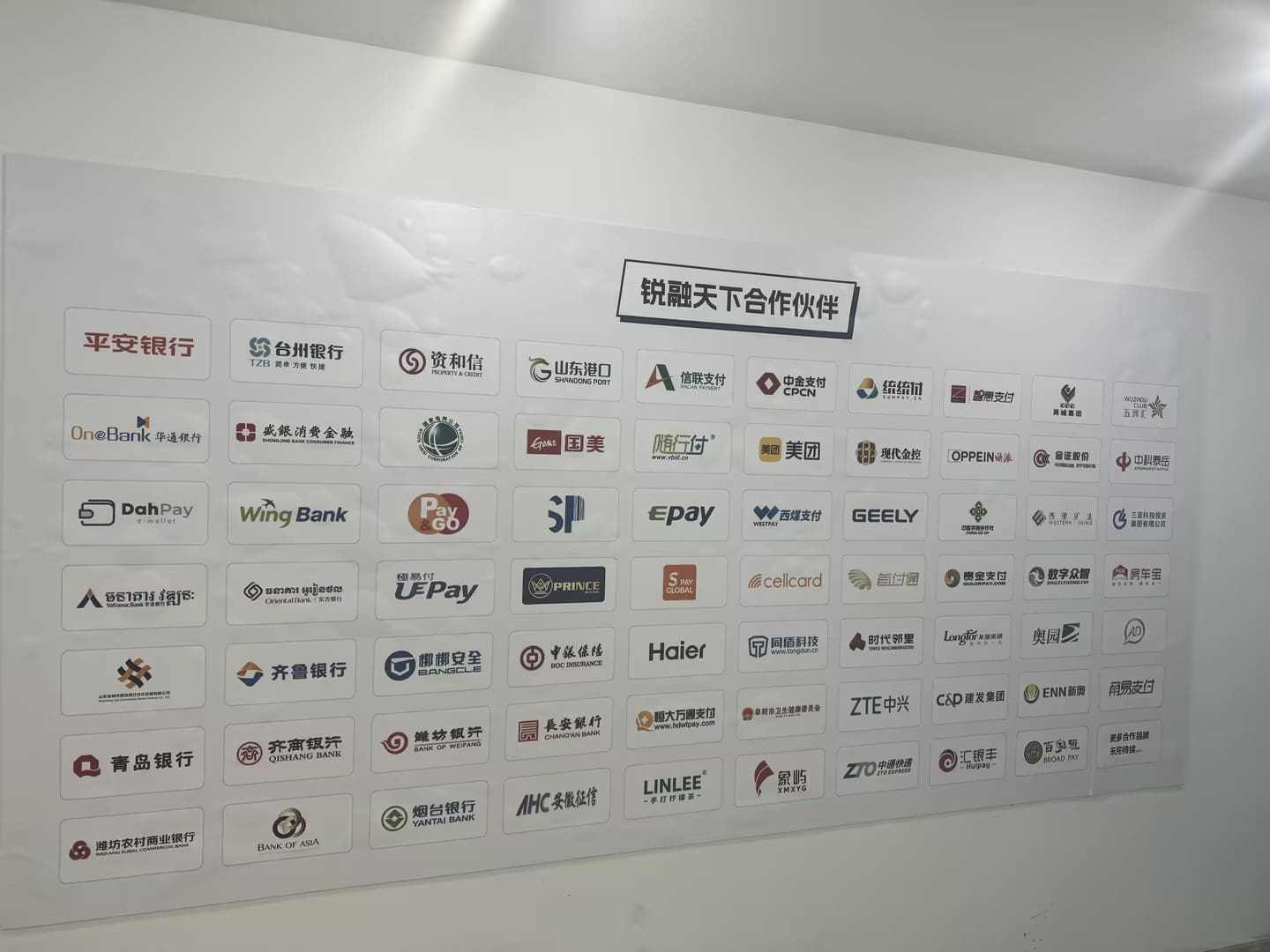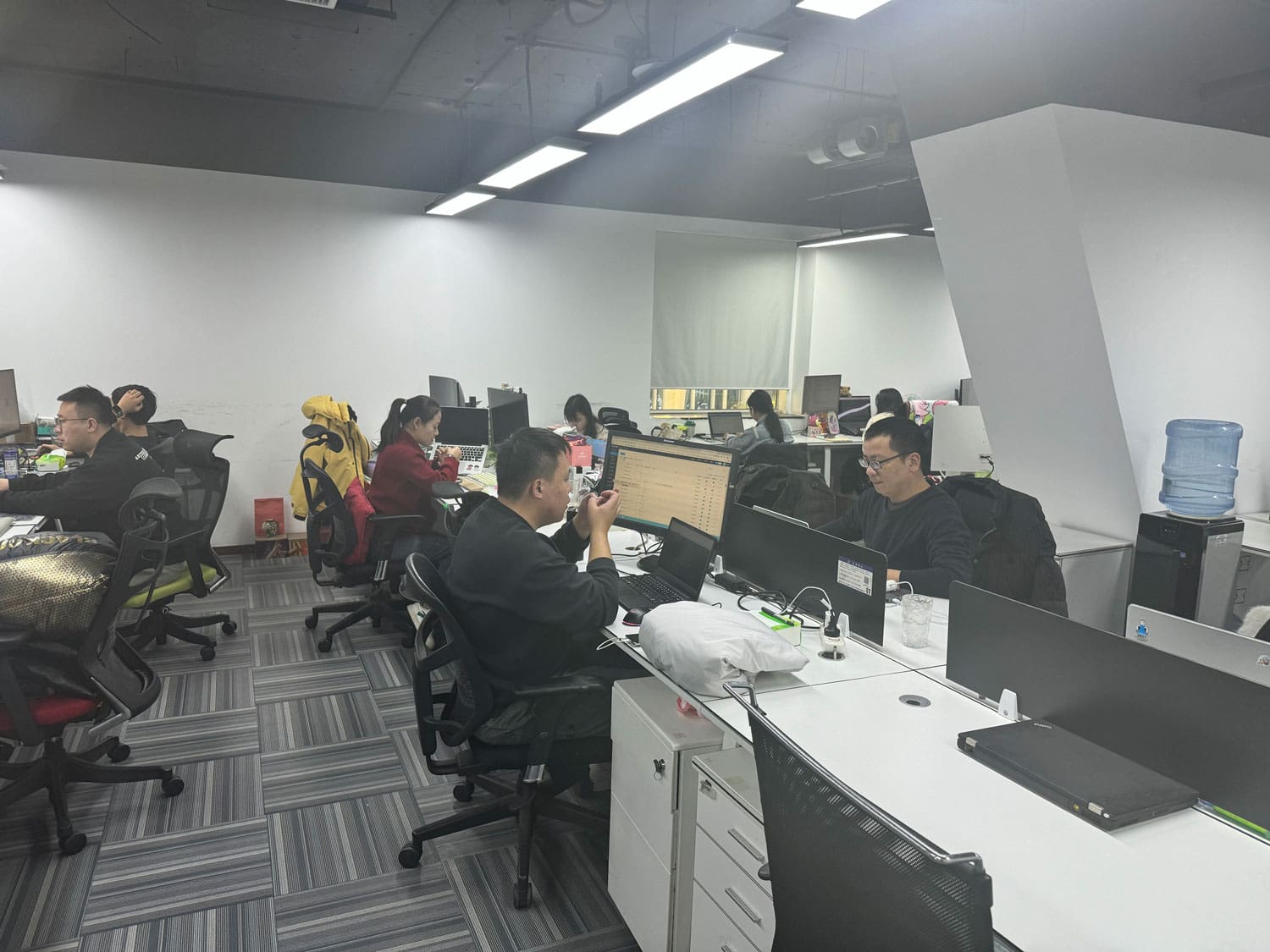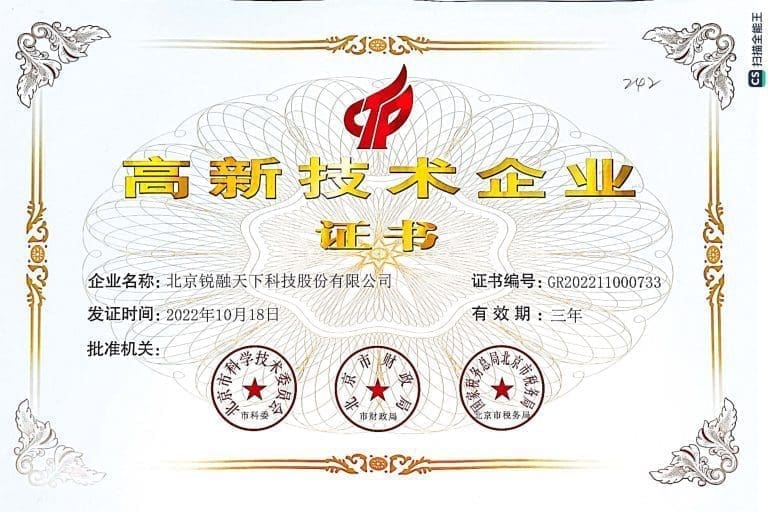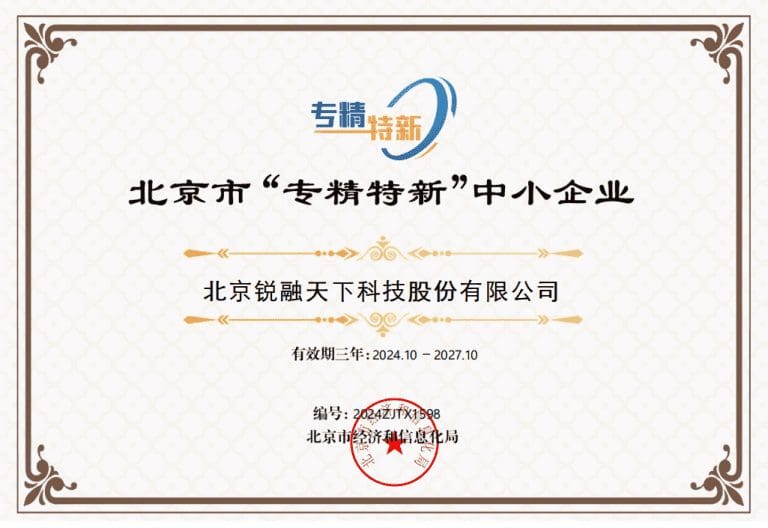The Future of Healthcare: Revolutionizing with Prospective Payment System Software
In recent years, the healthcare industry has witnessed a significant transformation with the introduction of prospective payment system software. This innovative technology has revolutionized the way healthcare providers are reimbursed for services, shifting from a fee-for-service model to a value-based care system.
Prospective payment system software streamlines the reimbursement process by assigning a fixed rate for healthcare services based on diagnosis-related groups (DRGs) or other predetermined criteria. This not only simplifies billing procedures but also incentivizes healthcare providers to deliver high-quality care efficiently.
One of the key benefits of prospective payment system software is its focus on cost containment and quality improvement. By assigning predetermined payment rates, healthcare organizations are motivated to optimize resources and enhance patient outcomes, leading to a more sustainable healthcare ecosystem.
Moreover, prospective payment system software promotes transparency and accountability in healthcare delivery. Providers are encouraged to adhere to evidence-based practices and ensure patient satisfaction to meet the requirements for full reimbursement, fostering a culture of continuous improvement and patient-centered care.
Another advantage of implementing prospective payment system software is the enhanced data analytics capabilities it offers. By collecting and analyzing clinical and financial data, healthcare organizations can gain valuable insights into resource utilization, patient outcomes, and operational efficiency, enabling them to make informed decisions and drive performance improvements.
Furthermore, prospective payment system software facilitates collaboration among healthcare stakeholders, including providers, payers, and patients. By aligning incentives and promoting care coordination, this technology fosters a more integrated and patient-centric approach to healthcare delivery, ultimately improving the overall quality and efficiency of care.
As the healthcare landscape continues to evolve, prospective payment system software is poised to play a pivotal role in shaping the future of healthcare delivery. By leveraging data-driven insights, incentivizing value-based care, and promoting collaboration, this technology offers a promising pathway towards a more sustainable, efficient, and patient-centered healthcare system.
In conclusion, prospective payment system software represents a transformative innovation that has the potential to revolutionize healthcare delivery and improve patient outcomes. By embracing this technology and harnessing its capabilities, healthcare organizations can effectively navigate the complexities of the modern healthcare landscape and drive meaningful change for the betterment of the industry and the patients they serve.

 Arabic
Arabic Dutch
Dutch French
French German
German Italian
Italian Portuguese
Portuguese Russian
Russian Spanish
Spanish
